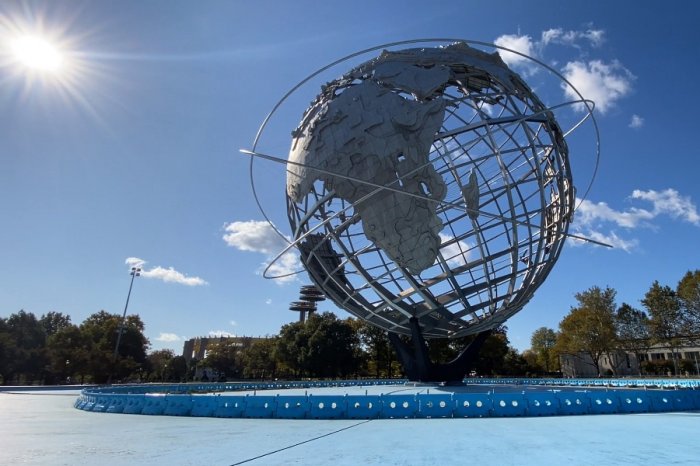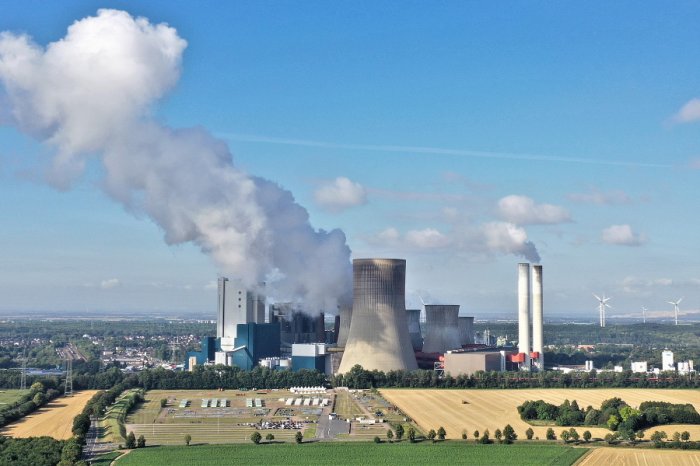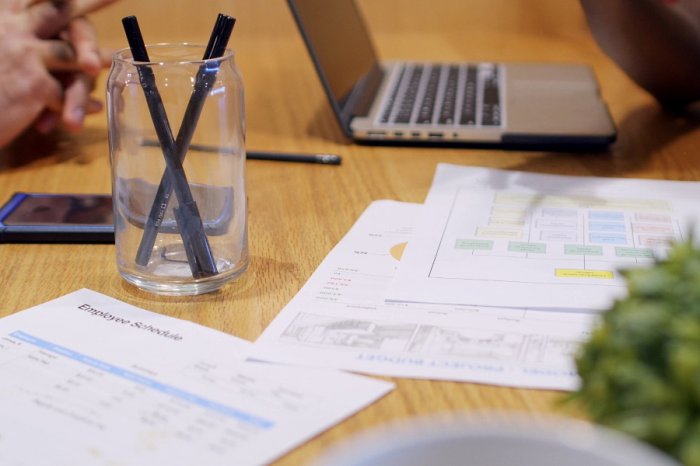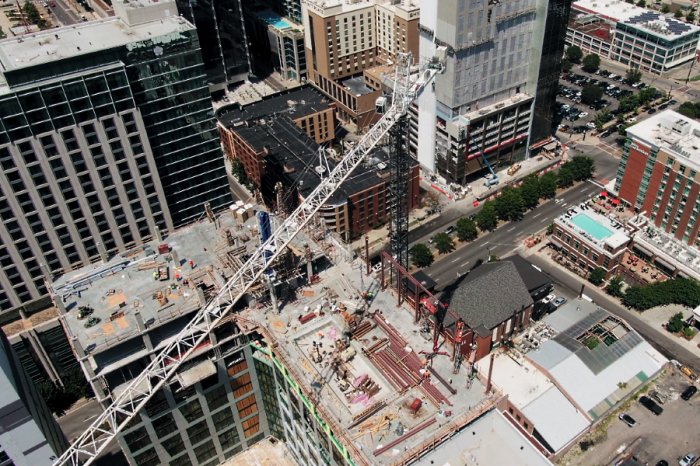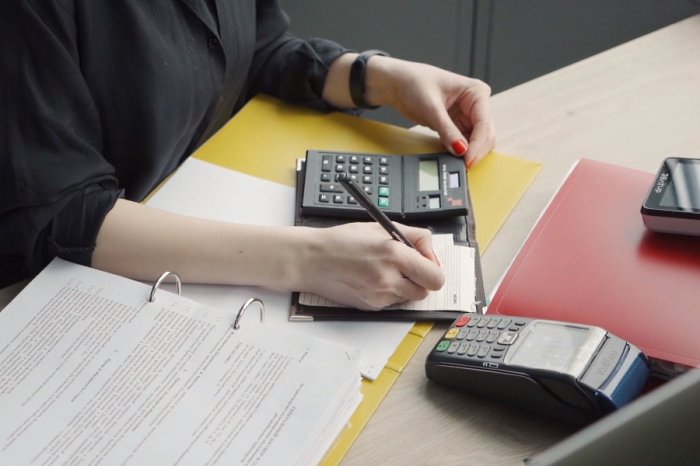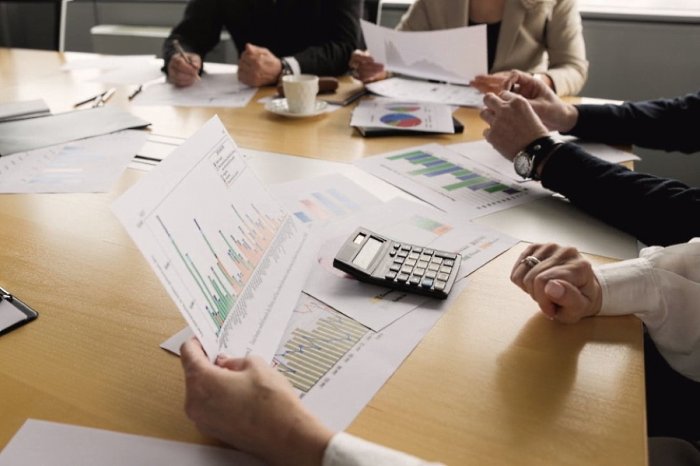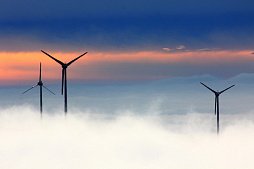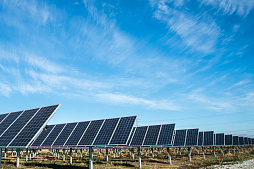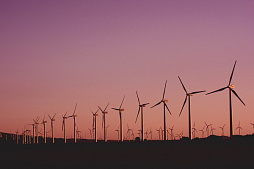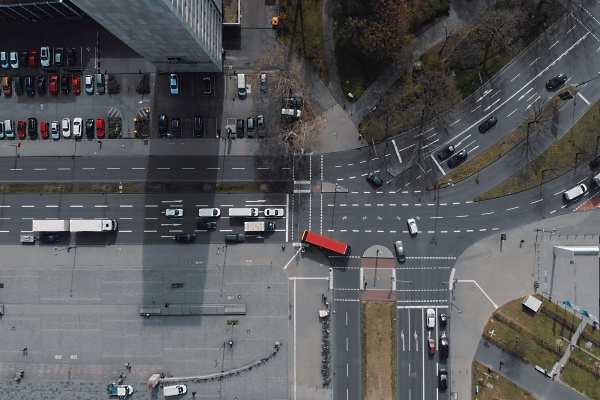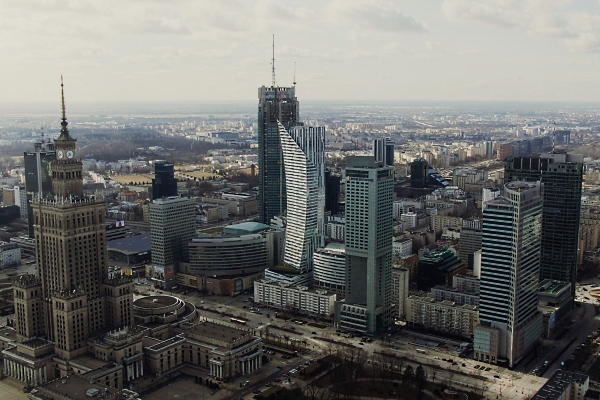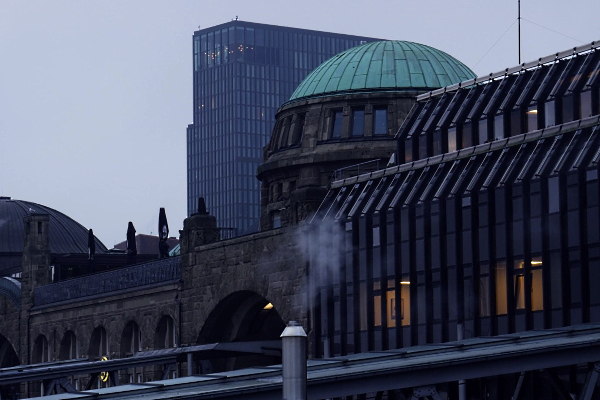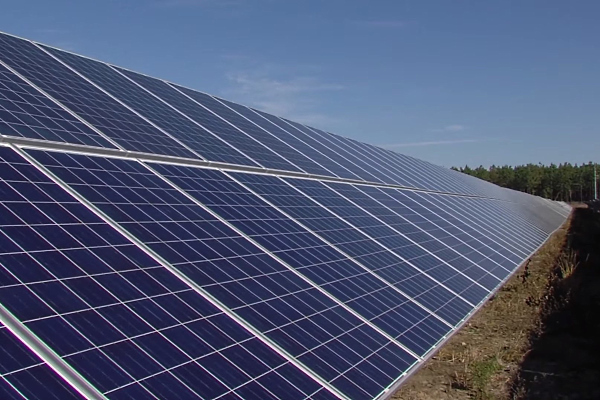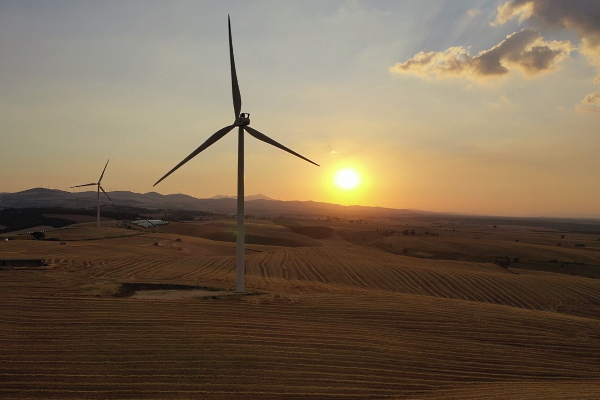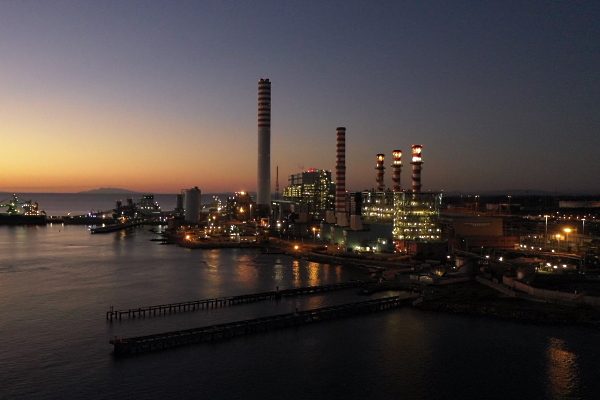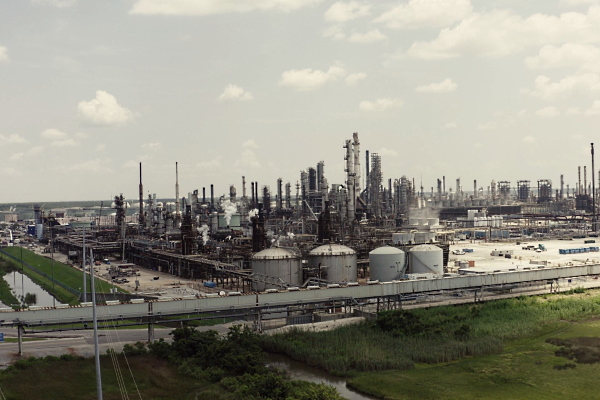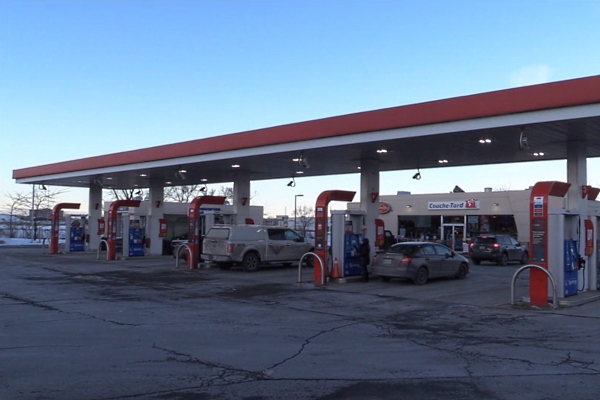To consider an application for financing, fill out the form and send it to us by e-mail along with the project brief, or contact our experts
Lacking access to the sea, thus being cut off from the highly efficient offshore wind energy technologies, Austria has focused on the construction of onshore wind farms in the foothills of the Alps, mainly based on medium-power wind turbines.
Although for many decades the country relied mainly on fossil fuels and conventional thermal energy, today investment in wind farms in Austria is experiencing a boom.
How much does it cost to build one medium-sized onshore wind turbine in Austria?
What does this investment mean for the local economy and business?
Let's look at the numbers and statistics:
• A typical 3MW wind turbine supplies up to 2,000 Austrian households with green energy, reducing the local economy's CO2 emissions by 4,500 tons per year.
• The average cost of each wind turbine is 5 million euros, with 1.5 million added value for local companies being created during the production and construction stages.
• Each turbine creates about 20 temporary jobs during construction and installation and 2 permanent jobs for local communities during operation and maintenance.
Wind energy sector already plays a significant role in stabilizing electricity prices in Austria, and this tool will become increasingly important after the European decision to reduce dependence on Russian natural gas.
Experts expect the growth of investment in Austrian wind energy in the next few years. In particular, the demand for long-term investment lending, project finance services and related financial services for large businesses will increase significantly.
Link Bridge Financial LTDA LBFL offers long-term loans for the construction of wind power plants in Austria and other European countries.
We also provide project finance services, financial modeling services, financial engineering and consulting.
Contact us to learn more.
Wind energy investments in Austria are on the rise
Around 65 TWh of electricity are currently consumed in Austria every year.At the end of 2017, wind turbines provided about 7 TWh, which is only 11% of electricity requirements.
By 2022, wind power could already cover 20% of electricity requirements. If around 120 wind turbines are erected per year by 2030, wind power can cover 26% of Austria's needs. Obviously, this will require colossal private investment, long-term lending and government support.
In the early 1990s, when wind energy technologies were just beginning to develop, experts considered Austria to be unsuitable for building wind farms on a commercial scale. However, for many years, local enthusiasts financed and conducted research on the wind resources, discovering the great wind energy potential of the foothills of the Alps. The first wind turbine was launched in Austria in 1994, but the booming development of this sector only started in the early 2000s.
Between 2002 and 2012, Austrian legislation in the field of wind energy underwent significant changes, which contributed to a significant acceleration of the development of the technology and the construction of a large number of private projects.
With an amendment to the Green Electricity Act (Ökostromgesetz 2012), which came into force in 2012, preferential conditions for wind energy restored, enabling the further expansion of wind energy in Austria. In the second stage of the expansion, wind energy production doubled in just 4 years.
At the end of 2021, Austria had about 1,300 wind turbines with a total installed capacity of 3.3 GW. According to experts, by the end of 2022, this figure will exceed 3.7 GW.
Today, commercial banks are ready to provide long-term investment loans for the construction of new wind farms in Austria in view of the maturity of the technology and the great prospects of green energy sector.
By 2030, 20% of the energy consumed in the European Union will be provided by renewable energy sources. The federal government's new program calls for 100% renewable electricity by 2030. This is extremely important for the Austrian energy industry in the context of a sharp rise in natural gas prices due to geopolitical tensions in Eastern Europe.
Due to the switch from coal, oil and gas to renewable energies, the demand for electricity in Austria will continue to grow in the future.
Even if overall energy consumption decreases due to efficiency, electricity consumption will increase because other areas such as electric automobile transport must be supplied with electricity. Wind energy will play a key role in achieving the country's energy independence.
But this requires urgent modernization of green electricity legislation and stable, predictable conditions for the expansion of renewable energy sources.
Financing of wind energy projects in Lower Austria
Lower Austria is a fairly developed and economically active region with a population of about 1.7 million people, which has huge energy needs.This region is unable to cover its consumption with renewable energies. Nevertheless, the total share of renewable sources in the energy balance of the region is now about 92%, and 29% of energy needs are covered by wind farms. For comparison, in 2005, the share of wind energy in the energy balance of Lower Austria was only 5%.
As of the end of 2021, the federal state of Lower Austria had 735 large and small wind energy facilities with a total installed capacity of over 1.75 GW. This accounted for about half of Austria's total wind energy capacity, making this federal state the undisputed leader in the industry.
Annual wind generation in this region reaches 4 TWh, and this figure is constantly increasing with innovative technologies and investments.
Favorable topography and huge wind energy potential attract many investors to Austria, who are ready to invest long-term financial resources in the further development of the wind energy sector.
Lower Austria's existing wind energy projects help reduce annual carbon dioxide emissions by 1.8 million tons, which is equivalent to 720,000 passenger cars. Moreover, the enterprises of the sector perform an important social and economic role, providing the local community with 1,100 additional jobs (not including indirect jobs in related fields).
Annual investment in the construction of wind farms in Lower Austria reached a peak after the liberalization of state policy in 2012. In particular, in 2015 the total investment in the wind energy sector of this federal state amounted to about 470 million euros, after which it gradually decreased to 25 million euros in 2020.
By the way, 2020 was the only year when the total installed capacity of wind farms in the region decreased (-21 MW) due to the planned decommissioning of old turbines against the background of insufficient investments to restore the park.
In all other years, starting from 2015, the annual increase in installed capacity ranged from +62 to +284 MW.
From that moment on, local authorities and businesses again began to take up the financing of wind energy, which was largely due to the sharp rise in fossil fuel prices. During 2021, 22 facilities with a total investment of more than 100 million euros will be built in Lower Austria. In particular, new large wind farms were installed in Bruck an der Leitha, Gänserndorf and Mistelbach. In 2022, 57 wind power projects were planned with an installed capacity of about 225 MW.
In 2022, wind energy investments will exceed 300-350 million euros against the backdrop of uncertainty with future gas supplies, rising hydrocarbon prices, and the urgent need to diversify the region's energy mix.
The next couple of years can safely be called an ideal time for financing new wind farms in Lower Austria, as well as for the completion and expansion of existing facilities.
The availability of renewable electricity will be decisive for a region's economic development in the future. We are talking about increasing installed capacity, expanding electricity grid, bringing wind energy facilities closer to end consumers and stabilizing electricity prices, which have been showing rapid growth across Europe since 2022.
Investing in wind farms in Styria
Styria is another industrially developed federal state of Austria, where wind energy is flourishing.With a developed industry and a population of over 1.2 million people, Styria is now in dire need of autonomous and affordable sources of renewable electricity.
Despite the huge potential, this region is far behind Lower Austria in terms of wind energy investments. In particular, by the end of 2021, there were 104 wind facilities in Styria with a total installed capacity of about 260 MW.
The largest wind energy projects in Styria are located in Weiz (86 MW), Bruck-Mürzzuschlag (72 MW), Deutschlandsberg (48 MW) and Murtal (39 MW).
The theoretical annual generation of wind energy in this region is only 0.5 TWh, which meets the needs of approximately 145 thousand Austrian households.
Nevertheless, this sector creates more than half a thousand direct jobs in the region, helping to reduce annual carbon dioxide emissions by approximately 220,000 tons.
For 2022, local companies have planned to finance 9 wind energy facilities with a total installed capacity of 29.7 MW.
This expansion will require more than 38 million euros of long-term investment, which is not a significant figure in the scope of Austrian wind energy. Nevertheless, the rising price of natural gas, oil and coal forces local authorities and businesses to think about increasing the financing of wind farms in Styria in the coming years.
The main investments in wind power in Styria came in the period 2012-2019, when the total installed capacity grew from 53 MW to 260 MW. It should be noted that in the period from 2019 to 2021, the installed capacity of wind energy did not increase.
This policy is likely to be changed in the near future under the influence of major macroeconomic and political shifts in Europe.
If you are interested in long-term financing of wind farms in Austria or other European countries, contact Link Bridge Financial LTDA LBFL.
We offer investment credit up to 90% of the project cost, and we also use flexible project finance tools for large capital-intensive facilities.



